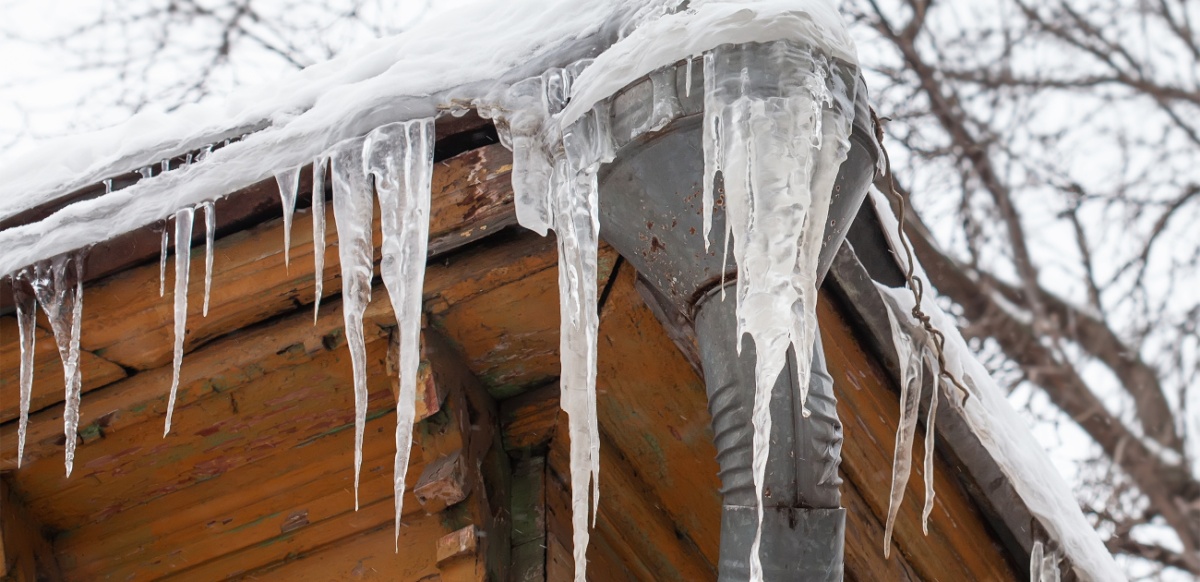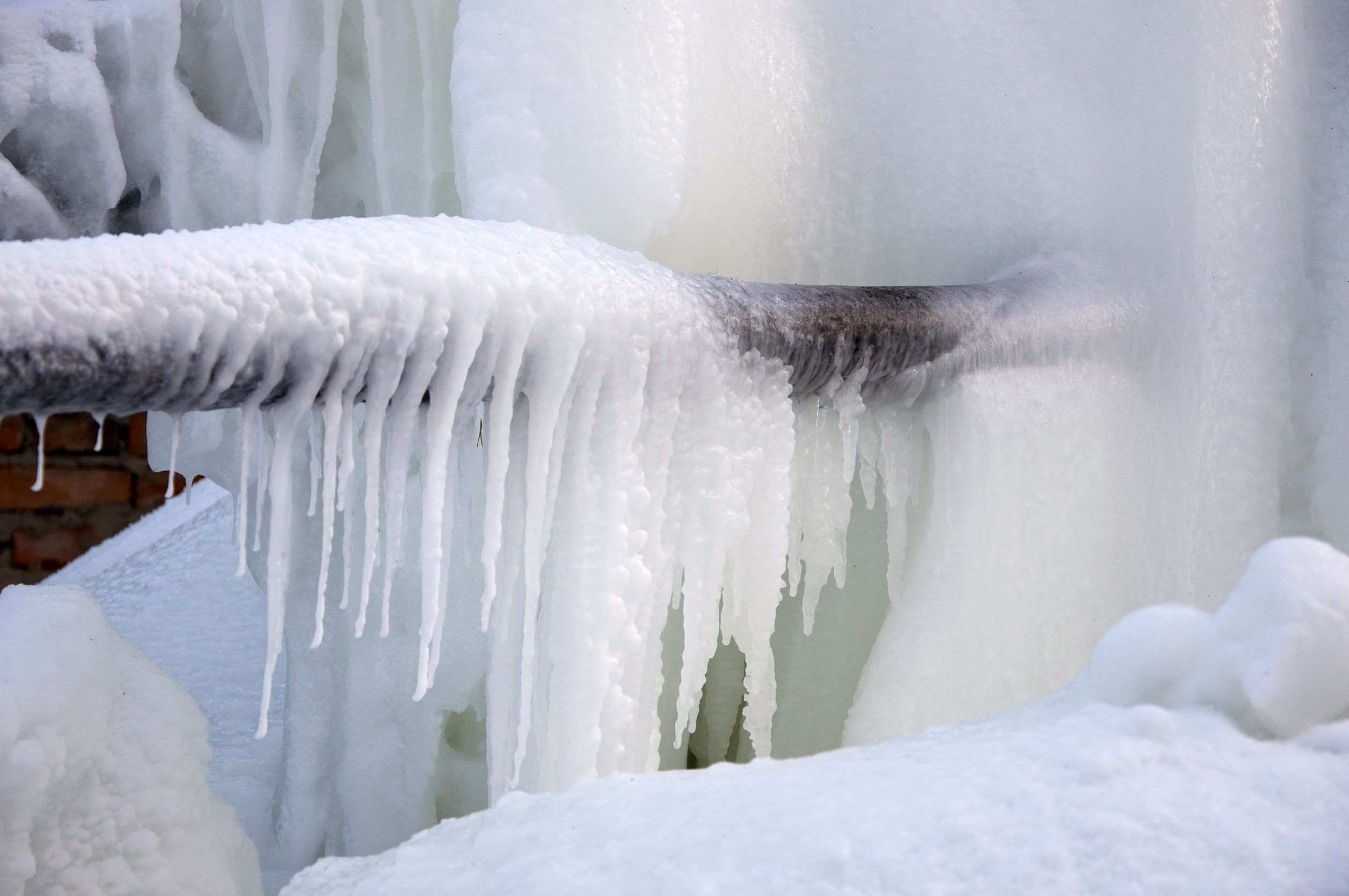Avoiding Frozen Pipes in Cold Weather: Professional Strategies
Avoiding Frozen Pipes in Cold Weather: Professional Strategies
Blog Article
Presented here on the next paragraphs you can find a lot of professional information all about Winter Plumbing Precautions: Preventing Frozen Pipes.

Winter can wreak havoc on your plumbing, particularly by freezing pipes. Here's how to avoid it from taking place and what to do if it does.
Introduction
As temperature levels drop, the risk of icy pipes boosts, possibly bring about expensive repairs and water damage. Understanding just how to avoid icy pipelines is important for homeowners in cool environments.
Recognizing Frozen Pipes
What creates pipes to ice up?
Pipelines ice up when subjected to temperature levels listed below 32 ° F (0 ° C) for extended durations. As water inside the pipelines freezes, it expands, taxing the pipeline wall surfaces and potentially causing them to rupture.
Risks and damages
Icy pipes can result in water interruptions, home damages, and expensive repairs. Burst pipes can flood homes and create considerable structural damages.
Indications of Frozen Piping
Identifying icy pipelines early can avoid them from rupturing.
Just how to determine frozen pipes
Look for decreased water flow from taps, uncommon smells or noises from pipelines, and visible frost on revealed pipes.
Prevention Tips
Insulating at risk pipelines
Cover pipes in insulation sleeves or utilize warm tape to shield them from freezing temperature levels. Focus on pipelines in unheated or exterior areas of the home.
Home heating techniques
Keep indoor spaces sufficiently warmed, specifically areas with pipes. Open cabinet doors to allow cozy air to flow around pipes under sinks.
Protecting Exterior Plumbing
Yard pipes and exterior faucets
Disconnect and drain yard hose pipes before wintertime. Install frost-proof spigots or cover outdoor faucets with shielded caps.
What to Do If Your Pipelines Freeze
Immediate activities to take
If you suspect icy pipelines, maintain taps open up to eliminate pressure as the ice melts. Utilize a hairdryer or towels taken in hot water to thaw pipelines gradually.
Long-Term Solutions
Architectural modifications
Consider rerouting pipes away from outside walls or unheated locations. Include extra insulation to attics, basements, and crawl spaces.
Updating insulation
Invest in top notch insulation for pipes, attics, and wall surfaces. Correct insulation assists keep regular temperatures and minimizes the threat of icy pipes.
Conclusion
Avoiding icy pipes requires proactive measures and quick actions. By understanding the reasons, signs, and safety nets, homeowners can shield their plumbing during winter.
5 Ways to Prevent Frozen Pipes
Drain Outdoor Faucets and Disconnect Hoses
First, close the shut-off valve that controls the flow of water in the pipe to your outdoor faucet. Then, head outside to disconnect and drain your hose and open the outdoor faucet to allow the water to completely drain out of the line. Turn off the faucet when done. Finally, head back to the shut-off valve and drain the remaining water inside the pipe into a bucket or container. Additionally, if you have a home irrigation system, you should consider hiring an expert to clear the system of water each year.
Insulate Pipes
One of the best and most cost-effective methods for preventing frozen water pipes is to wrap your pipes with insulation. This is especially important for areas in your home that aren’t exposed to heat, such as an attic. We suggest using foam sleeves, which can typically be found at your local hardware store.
Keep Heat Running at 65
Your pipes are located inside your walls, and the temperature there is much colder than the rest of the house. To prevent your pipes from freezing, The Insurance Information Institute suggests that you keep your home heated to at least 65 degrees, even when traveling. You may want to invest in smart devices that can keep an eye on the temperature in your home while you’re away.
Leave Water Dripping
Moving water — even a small trickle — can prevent ice from forming inside your pipes. When freezing temps are imminent, start a drip of water from all faucets that serve exposed pipes. Leaving a few faucets running will also help relieve pressure inside the pipes and help prevent a rupture if the water inside freezes.
Open Cupboard Doors
Warm your kitchen and bathroom pipes by opening cupboards and vanities. You should also leave your interior doors ajar to help warm air circulate evenly throughout your home.

I hope you enjoyed our article on Winter Plumbing Precautions: Preventing Frozen Pipes. Thanks a ton for taking time to read through our article post. Do you know about another person who is curious about the subject? Do not hesitate to promote it. Thanks so much for your time spent reading it.
Schedule Today! Report this page